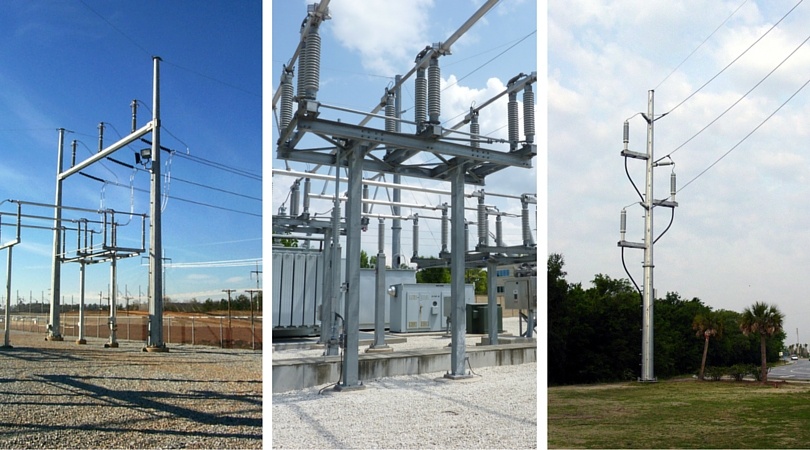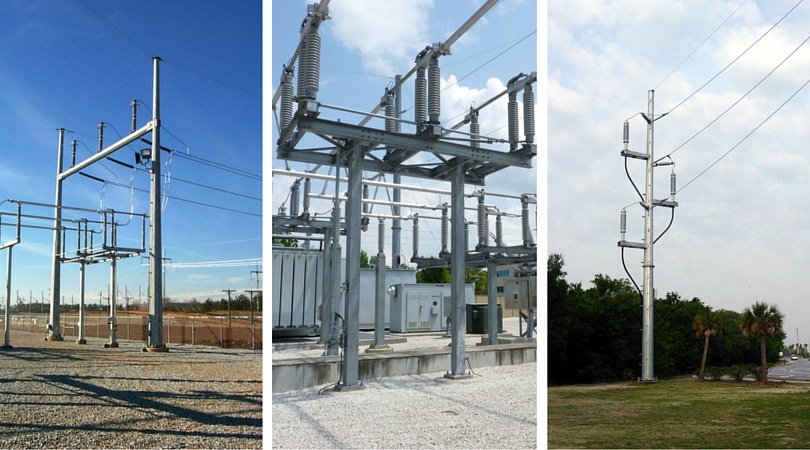For hundreds of years steel has served as the physical backbone of civilization. Landmark structures all over the world including Paris’s famed Eiffel Tower, San Francisco's stunning Golden Gate Bridge, and Dubai’s towering Burj Khalifa (currently the tallest building in the world), all count steel as a fundamental material used in their construction.
Prized for its versatility and strength, design professionals rely on the indispensable alloy to bring creative compositions to life. But even seasoned builders are sometimes perplexed by a discoloration phenomenon that occurs in steel after workers galvanize it. The surprising fact is this -- the very same chemical properties that give steel its renowned durability also yields its unaesthetic blemishes.
Although seemingly unbreakable, steel has an Achilles’ heel in its susceptibility to corrosion. Harsh elements can weaken the alloy, and strip it of its strength. Builders coat steel to protect it from corrosive conditions, but often mistake normal discoloration for deterioration. While rust and other decay must be safeguarded against, there’s nothing to fear in the dark blotches and spotting that appear atop of steel surfaces. In fact, they should be welcomed as a positive sign that, chemically, everything is proceeding according to plan. Check our “A Two-Part Recipe for Understanding Galvanized Coating Appearances.”
 DIS-TRAN Steel produces premium substation and transmission steel structures designed to be durable and environmentally-friendly. The superior chemistry of DIS-TRAN products lends itself to inherent discoloration, a mark of top-of-the-line quality. At the molecular level:
DIS-TRAN Steel produces premium substation and transmission steel structures designed to be durable and environmentally-friendly. The superior chemistry of DIS-TRAN products lends itself to inherent discoloration, a mark of top-of-the-line quality. At the molecular level:
“The coloration variations on the steel are due to variances in the steel chemistry, primarily the silicon content of the steel. Hot dip galvanizing involves a chemical reaction between the steel atoms and the zinc atoms during the dipping process. The base steel chemistry sets the course for the final color and appearance of the coating.” – PAT SMITH, DIS-TRAN Steel.
Your steel fabricator can offer the use of silicon controlled steel, while it is not easy to source silicon controlled steel in standard shapes, it can easily be sourced (at additional cost) for tapered tubular structures.
Silicon – naturally occurring element commonly found in steel; silicon is particularly reactive in molten zinc metal
Silicon-killed steel – steel treated with silicon as an oxidizing agent in order to reduce the oxygen content to such a level that no reaction occurs between carbon and oxygen during solidification.
To minimize these inherent variations, other methods to help mitigate the differences include light sweep blasting after galvanizing to even out the zinc patina oxidations. Or, chemical dulling is another method employed to provide a more uniform final zinc patina. Costs, climate, and manpower are all factors to consider when deciding which of these optional cosmetic measures works best for a specific construction project.
While it may be considered unsightly, discoloration is a natural and normal oxidation process that occurs through the galvanized steel process due to the chemical compounds found within the steel. DIS-TRAN’s first-class products are inherently prone to these color variations that serve as proof of superior quality. The topical imperfections are purely superficial, and the experts at DIS-TRAN have scores of knowledge to help reduce their visibility. If the appearance of these blemishes are of concern to your project, our professionals are happy to help you find an aesthetically pleasing solution. Give us a call today!

